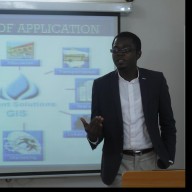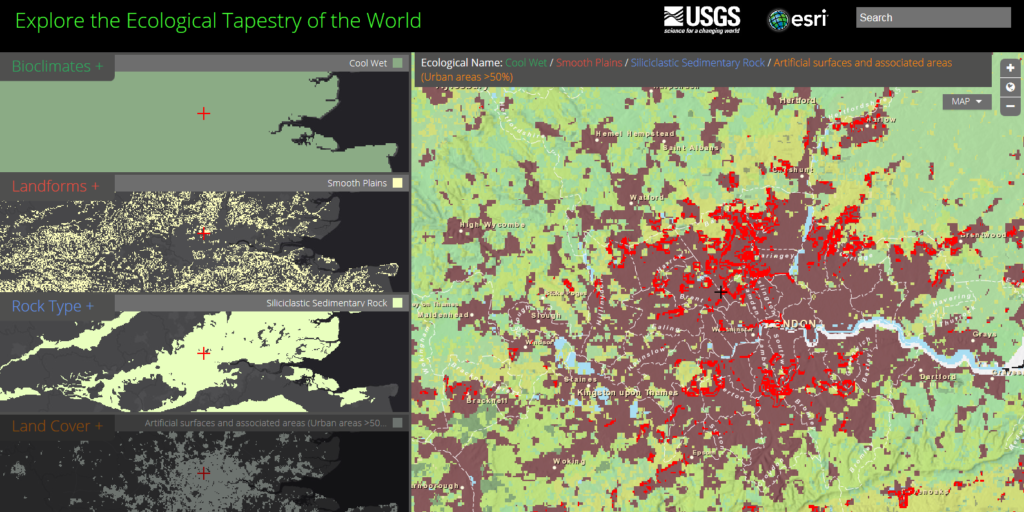#Business
#GeoDev
Really How Big is the Idea of Big Data? Passionate About Big Data? Must See Video Here!
I am pretty sure that some folks like me who are passionate about Big Data, would find this video very interesting.
Really, how big is the idea of Big Data?, nicely articulated in this video.
Have fun watching!
Source:EMC Big Ideas

#Business
#Business
#Environment
#Featured
#Satellites
How Earth Observation is Transforming Wildfire Monitoring and Management
#Business
#Environment
#Featured
Unlocking the Future: Key Trends in Geospatial Technology for 2025







